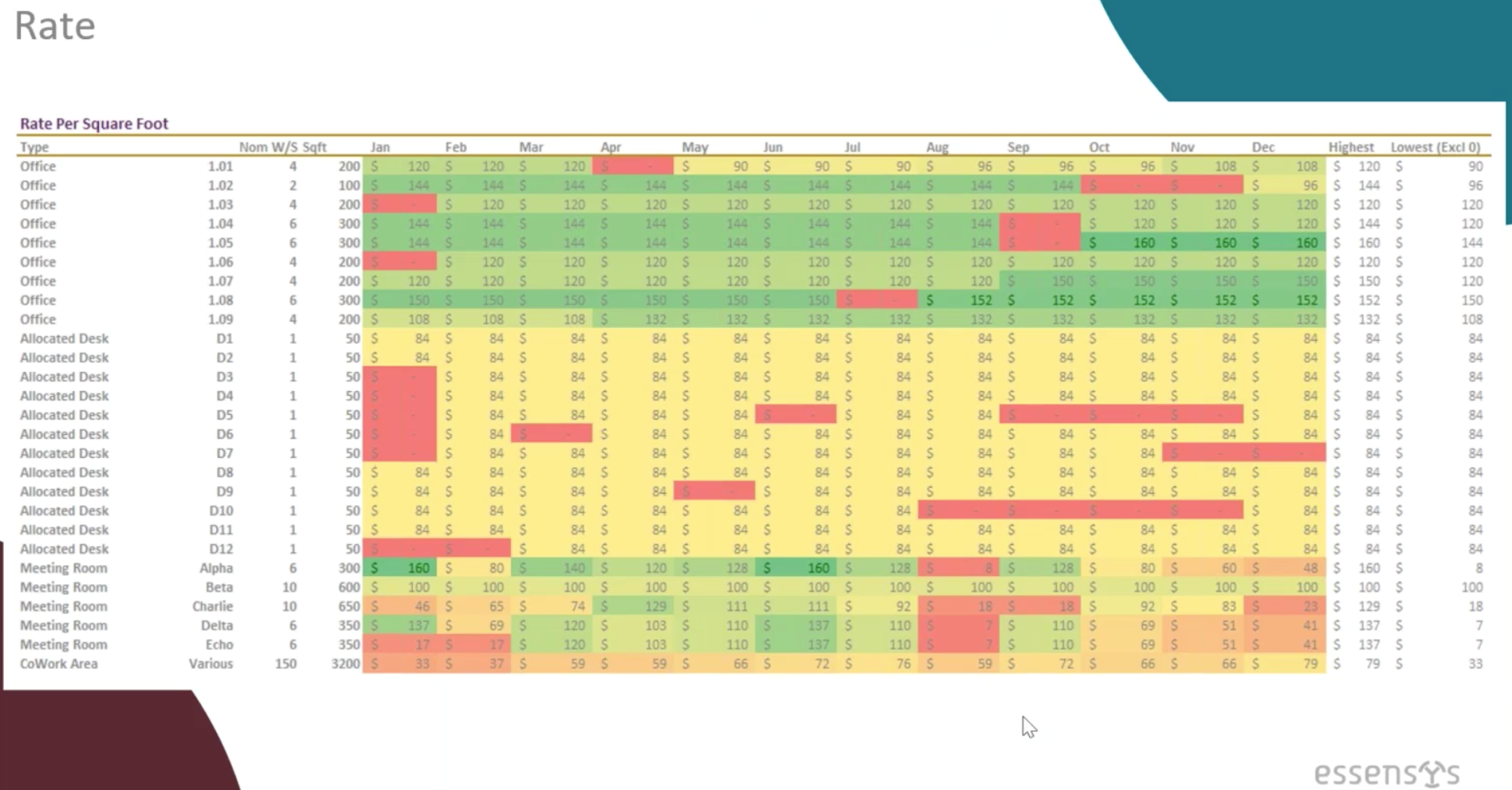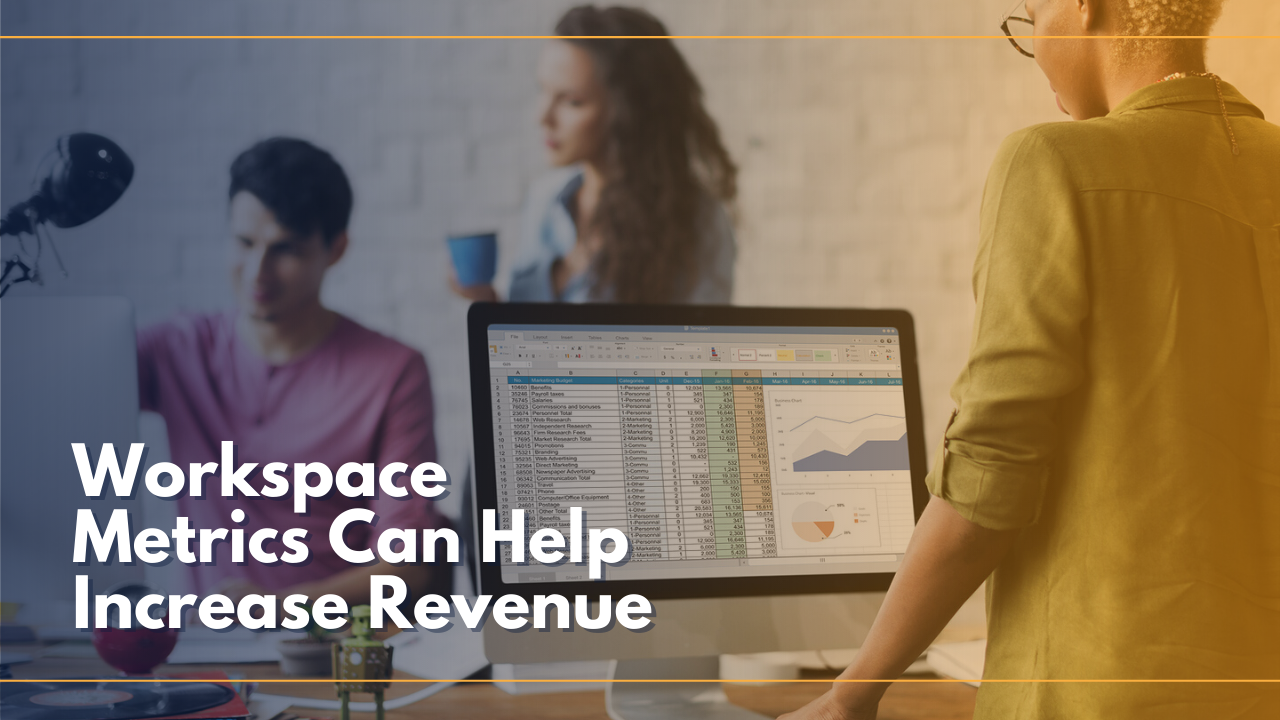- A recent webinar hosted by essensys provided in-depth insights on which metrics flexible workspace operators should be measuring.
- Understanding what happens and why will help operators better market the space, improve it, and bring in more business.
- Metrics can provide valuable data that helps operators understand improvements that can be made to maximise revenue.
Why are metrics important for flexible space operators? What can they tell you? How do you use them?
These are just some of the topics addressed during a recent webinar hosted by essensys, which included an expert panel featuring Liz Elam from GCUC, proptech expert Antony Slumbers, and David Kinnaird, COO of essensys.
You can access the full recording here. For more in-depth insights, download essensys’ ebook on key metrics for workspace businesses, here.
Liz Elam started the session by explaining ‘why’:
“Why metrics? We have a tendency to get wrapped up in the day to day, but it’s super important to know what’s happening in your business. That’s why we need metrics.”
It’s particularly important as the flexible space industry grows and new competitors enter the market. One of the key topics addressed during the webinar was occupancy and revenue, which David Kinnaird discussed in detail.
“The way we look at space and measure income, and how space is used, can help drive metrics higher up the stack,” he said.
To demonstrate how to look at space and maximise revenue, David shared a sample floorplan of a workspace and analysed how it is divided into units — serviced offices, open coworking, meeting rooms, and other amenities — and how each unit commands a different rate.

“This tells you exactly which units are earning you revenue, and how much. You can then calculate its efficiency based on sellable space.”
You can’t earn revenue on corridors or stairwells, so typically, 70% utilisation is the break even point.
Some units command higher revenue than others — for instance, serviced offices with windows or corner offices with views. To work out which space earns the most, David recommends setting up a matrix for 12 months containing the following data:
- Type of unit (private office, open coworking, allocated desk)
- Number of workstations
- Size in square footage
- Revenue per unit, per month
Operators can then order the data by the highest and then the lowest revenue, to identify the units that are selling well against those that aren’t.

“This matrix helps you understand which spaces deliver the best revenue,” David explained. “If for example, you’re running at high occupancy but you see that your meeting rooms are generating lower revenue than your offices, you may decide to turn one meeting room into an office.”
The right system can help you break down the attributes of your space and its value, to put this important information at your fingertips. Ultimately, this type of data helps you to understand improvements that can be made to maximise revenue.
“It helps you work out which space makes the most and the least money, so you can get yourself more of the money-making space.”
Granular details
Antony Slumbers took this discussion further by noting that flexible spaces are now moving to granular levels of detail and increasing numbers of variables.
“What is a workstation anyway? When we talk about granular detail, it’s not just a windowed office, but a corner office with two windows and the best view. You have to incorporate these into your metrics. It becomes an algorithmic challenge.
“If you can’t measure it, you can’t manage it.”
Metrics enable you to take the “hunch” or the guesswork out of running a workspace business, and helps operators understand how people are using the space, and when, to draw more accurate conclusions. For instance, why are your meeting spaces busy on a Wednesday morning but not the afternoon? Where do those people go? Understanding what happens and why will help operators better market the space, improve it, and bring in more business.
The human element
At granular level, there are certain elements that humans value more than others.
“Human factors are incredibly important but there is a huge amount of data-driven analysis that you can parry with human input, to really understand how much further you can take your business,” added Slumbers.
Increasingly, he said, this will include elements like air quality, noise, temperature, and lighting.
“It all impacts our cognitive function. Anything that negatively impacts cognitive function lowers productivity.”
Slumbers noted that “people don’t want an office, they want a productive workforce” and the more workspace operators understand about the jobs their clients need to do, and what they need from their workspace to be able to accomplish them, the more those spaces can be configured and optimized.
Elam concurred, noting that health and wellness is vital for the future of work, and “we need to provide spaces that provide better air, light, and that help us to interact better as humans.”
You can access the full recording here. For more in-depth insights, download essensys’ ebook on key metrics for workspace businesses, here.


 Dr. Gleb Tsipursky – The Office Whisperer
Dr. Gleb Tsipursky – The Office Whisperer Nirit Cohen – WorkFutures
Nirit Cohen – WorkFutures Angela Howard – Culture Expert
Angela Howard – Culture Expert Drew Jones – Design & Innovation
Drew Jones – Design & Innovation Jonathan Price – CRE & Flex Expert
Jonathan Price – CRE & Flex Expert














